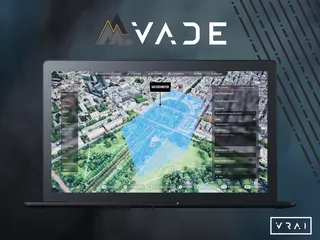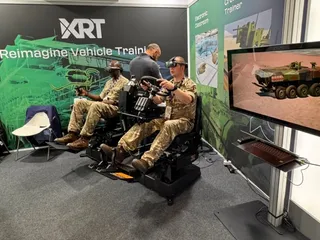Boeing Forecasts Nearly 1.5 Million Pilots & Technicians Needed by 2035
Contact Our Team
For more information about how Halldale can add value to your marketing and promotional campaigns or to discuss event exhibitor and sponsorship opportunities, contact our team to find out more
The Americas -
holly.foster@halldale.com
Rest of World -
jeremy@halldale.com

Boeing has released its 2016 Pilot and Technician Outlook and projects a demand for nearly 1.5 million pilots and technicians over the next 20 years.
In its seventh year, the outlook forecasts the 20 year demand for crews to support the world's growing commercial airplane fleet. New this year is a look at cabin crew demand.
Boeing forecasts that between 2016 and 2035, the world's commercial aviation industry will require approximately 617,000 new commerical airline pilots, 679,000 new commercial airline maintenance technicians, and 814,000 new cabin crew.
The 2016 outlook shows a growth of 10.5 percent for pilots over the 2015 outlook and 11.3 percent for maintenance technicians. New pilot demand is primarily driven by new airplane deliveries and fleet mix, while new technician demand is primarily driven by fleet growth.
"The Pilot and Technician Outlook has become a resource for the industry to determine demand for successful airline operations," said Sherry Carbary, vice president, Boeing Flight Services. "Cabin crew are an integral part of operating an airline, and while Boeing does not train cabin crew like pilots and technicians, we believe the industry can use these numbers for planning purposes."
The outlook represents a global requirement for about 31,000 new pilots, 35,000 new technicians and 40,000 cabin crew annually. Projected demand for new pilots, technicians and cabin crew by global region for the next 20 years is approximately:
- Asia-Pacific - New Pilots: 248,000; New Technicians: 268,000; New Cabin Crew: 298,000
- Europe - New Pilots: 104,000; New Technicians: 118,000; New Cabin Crew: 169,000
- North America - New Pilots: 112,000; New Technicians: 127,000; New Cabin Crew: 151,000
- Latin America - New Pilots: 51,000; New Technicians: 50,000; New Cabin Crew: 51,000
- Middle East - New Pilots: 58,000; New Technicians: 66,000; New Cabin Crew: 92,000
- Africa - New Pilots: 22,000; New Technicians: 24,000; New Cabin Crew: 27,000
- Russia/CIS - New Pilots: 22,000; New Technicians: 26,000; New Cabin Crew: 26,000
The Asia-Pacific region comprises 40 percent of the global need due to the growth in the single-aisle market which is driven by low-cost carriers, while North America is the result of new markets opening in Cuba and Mexico, and demand in Europe has increased as a response to a strong intra-European Union market.



